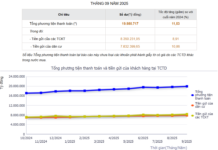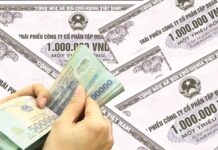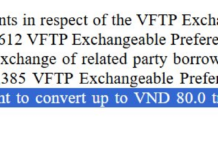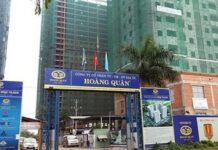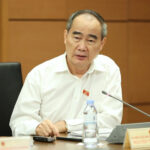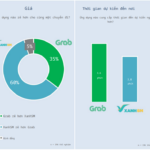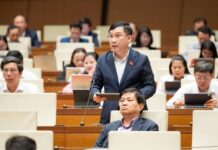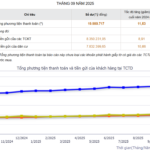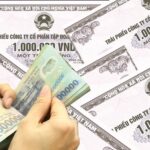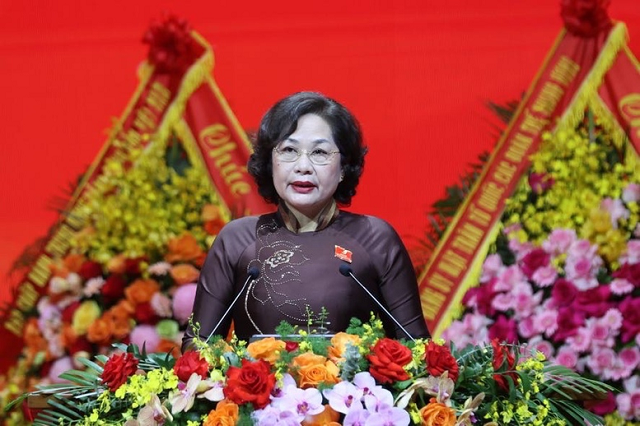
Governor of the State Bank of Vietnam, Nguyen Thi Hong, speaking at the Congress – Photo: VGP
|
On the afternoon of October 13th, during the official session of the Government Party Committee Congress for the 2025-2030 term, Governor of the State Bank of Vietnam, Nguyen Thi Hong, stated that from the beginning of the term, the COVID-19 pandemic severely impacted all aspects of economic and social life, disrupting supply chains and causing high inflation, which led central banks worldwide to tighten monetary policies rapidly and aggressively. Additionally, gold prices and the US dollar experienced complex fluctuations.
Domestically, challenges in the real estate market, corporate bonds, businesses, natural disasters, floods, and the mass withdrawal incident at SCB bank posed significant hurdles for monetary policy management. This was particularly challenging given Vietnam’s highly open economy, requiring the simultaneous pursuit of multiple objectives: controlling inflation, supporting economic growth above 8%, reducing interest rates, stabilizing exchange rates, and ensuring the safety of the banking system.
Amid these circumstances, the Governor noted that reasonable monetary and credit regulation helped maintain low inflation, ensuring capital supply at an average of 15% per year to support post-pandemic economic recovery.
In response to the mass withdrawal incident at SCB bank, the Standing Committee of the Party Committee of the State Bank advised and proposed to competent authorities, implementing synchronized measures to prevent risk contagion, thereby contributing to macroeconomic and monetary stability, and ensuring system safety.
Amid rising international interest rates, the State Bank of Vietnam maintained operational interest rates for an extended period, increasing them when necessary to stabilize exchange rates, and then reducing and stabilizing them. As a result, lending interest rates have decreased by approximately 2% annually compared to late 2022, as the economy began to recover.
Exchange rates and the foreign exchange market remained stable due to the coordinated use of monetary regulation tools and solutions. The foreign exchange market operated smoothly, with legal foreign currency demands being fully and promptly met, especially for importing goods and raw materials to support domestic production during economic recovery and high growth, particularly in the final year of the term.
When businesses and individuals faced difficulties, the banking system implemented a series of credit and interest rate policies to provide support.
According to Governor Nguyen Thi Hong, alongside current challenges to macroeconomic stability, the economic and monetary situation in the upcoming term is expected to face many uncertainties.
With the goal of entering a phase of striving for double-digit economic growth while maintaining macroeconomic stability, monetary policy management will face significant pressure, especially as innovation and digital transformation may not immediately boost labor productivity at the start of the term.
Therefore, the Party Committee of the State Bank of Vietnam is confident that with a high sense of responsibility and determination, they are ready to proactively lead, direct, and closely monitor developments, enhance forecasting quality, and respond with appropriate tools and solutions in terms of dosage and timing. This will contribute to maintaining macroeconomic stability, supporting high economic growth, and ensuring the safety of the banking system.
– 18:16 13/10/2025
Proposing a Shift from Minimum Wage to a Living Wage for Two Children
Alongside a phased adjustment to the retirement age, Professor Nguyễn Thiện Nhân proposes transitioning from a minimum wage system to a living wage that adequately supports two children.
Unleashing a New Wave: Domestic Consumption and Market Upgrades Drive Momentum
The consumer and retail stock sector is entering its most anticipated phase in years, fueled by a convergence of robust corporate growth and positive international capital flows. A resurgence in domestic purchasing power, coupled with the expansion of modern retail channels, is driving significant profit improvements for leading companies in the third quarter of 2025.





